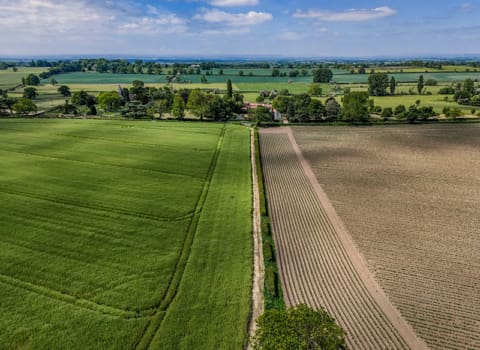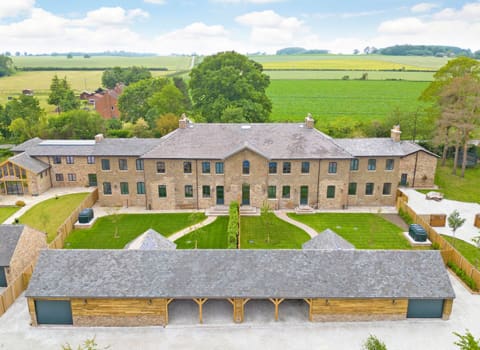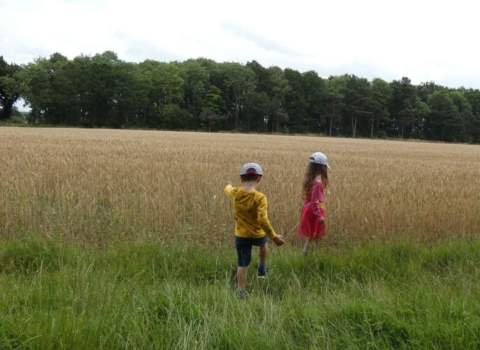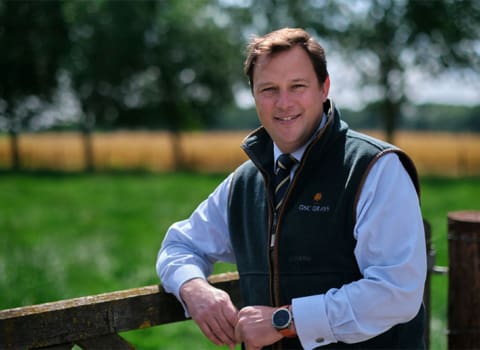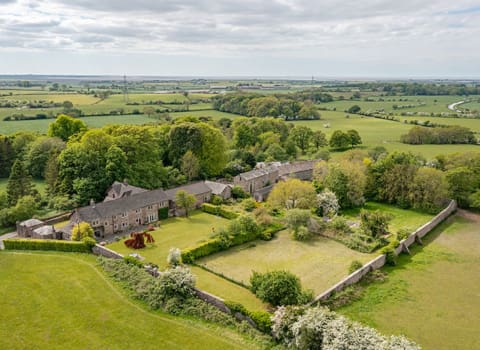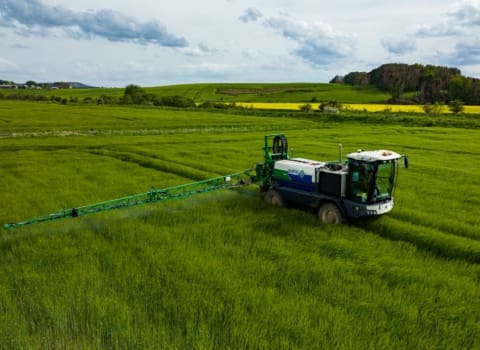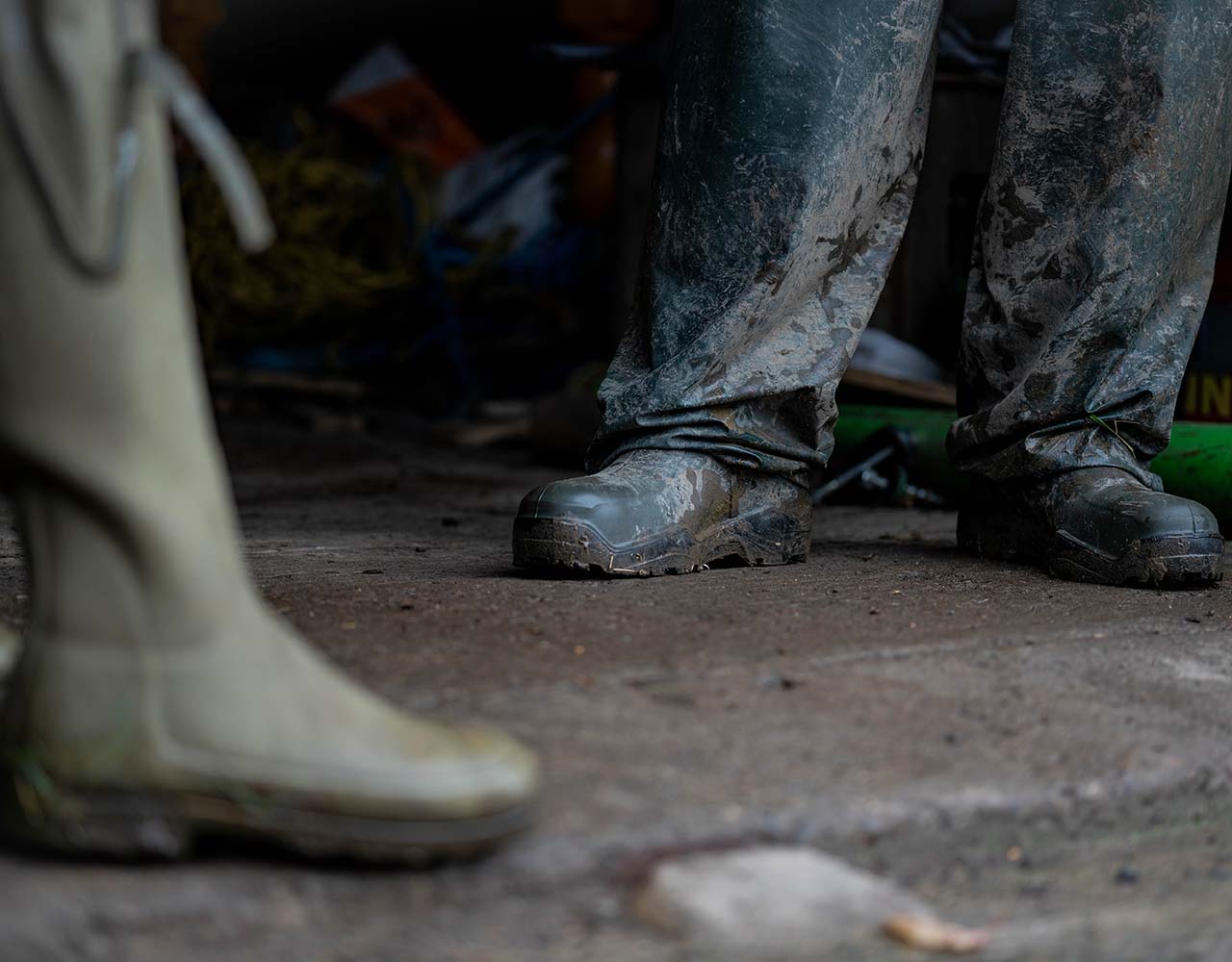Contact our offices
Main office
COLBURN
5 & 6 BAILEY COURT
COLBURN BUSINESS PARK
RICHMOND
NORTH YORKSHIRE
DL9 4QL
Estate Agency Offices are located in
BARNARD CASTLE, BOROUGHBRIDGE & RICHMOND
Residential Management Team
Our Offices
- Alnwick
01665 568310
Email Officealnwick@gscgrays.co.uk - Barnard Castle
01833 637000
Email Officebarnardcastle@gscgrays.co.uk - Boroughbridge
01423 590500
Email Officeboroughbridge@gscgrays.co.uk - Chester-Le-Street
0191 3039540
Email Officechester-le-street@gscgrays.co.uk - Colburn
01748 897630
Email Officecolburn@gscgrays.co.uk - Driffield
01377 337180
Email Officedriffield@gscgrays.co.uk - Hamsterley
01388 487000
Email Officehamsterley@gscgrays.co.uk - Hexham
01434 611565
Email Officehexham@gscgrays.co.uk - Kirkby Lonsdale
01524 880320
Email Officekirkbylonsdale@gscgrays.co.uk - Penrith
01768 597005
Email Officepenrith@gscgrays.co.uk
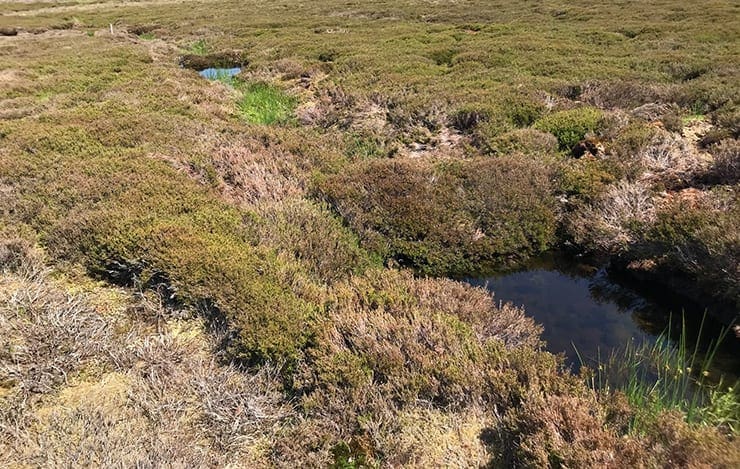
Peatland Restoration: delivering public goods on a grand scale
When it comes to delivering ‘public goods’, peatlands are some of the most valuable habitats in the country.
The UK has nearly 3 million hectares of peatland, covering 10% of the total land area. Peatlands are a type of wetland ecosystem that are formed from carbon rich, dead and decaying plant material under waterlogged conditions. They are a key habitat for upland wildlife, store huge amounts of carbon, improve water quality and help to reduce flooding, as well as underpinning upland farming, shooting, tourism and other rural industries.
Restoring peat in the uplands ensures the continuation of carbon sequestration and storage for years to come. Peatland restoration can be expensive but there is funding available to support projects, both from the public and private sector.
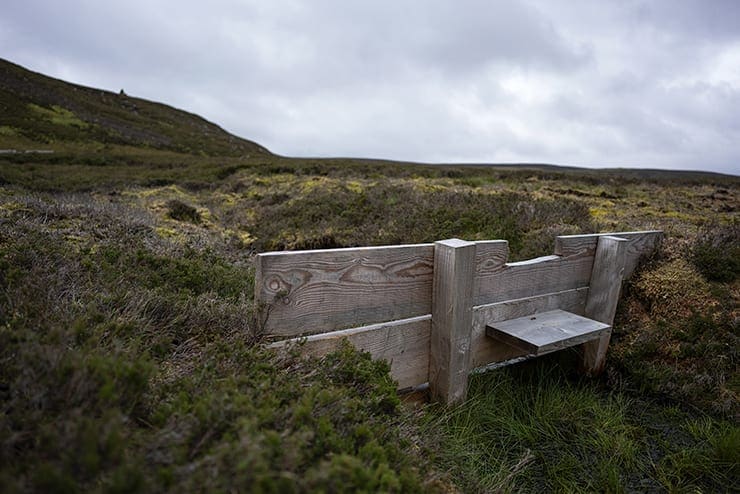
Public sector funding:
Peatland restoration has been supported via Higher-Tier Countryside Stewardship, formerly Higher-Level Stewardship, for a number of years. The current Countryside Stewardship mechanism allows for the inclusion of capital works linked with moorland management options to fund peatland restoration work, such as:
- restoring and stabilising bare peat – seeding, use of geo-textiles, plug planting, re-profiling and sphagnum inoculation.
- enhancing wet heath – plug planting, sphagnum inoculation, use of geo textiles, and peat, stone or wooden dams for gully works.
- heath restoration works by removing conifers.
- the cost of transporting material over sensitive moorland habitats, such as blanket bog.
It is sometimes a challenge to secure an environmental scheme that aligns with the existing management practices and objectives for the moor, but it is achievable, and the rewards can be significant.
As a recent example, GSC Grays secured an upland stewardship restoration project in the Yorkshire Dales that included the following programme of capital works:
- blocking and reprofiling of over 2 km of drainage channels with peat dams.
- installation of stone and timber sediment traps.
- installation of stone baffles to slow the flow.
- reprofiling of 1.2 km of eroding hag, grip and gully sides.
- revegetation of eroding hag, grip and gully sides.
- revegetation of bare peat, mineral soils and micro-eroded areas.
- inoculation of 3 hectares of existing vegetation with 30,000 sphagnum plants.
One of the biggest challenges with this project was getting the materials to site. The restoration site was located some distance from a main highway and as a result the contractor employed the services of a helicopter lifting company, an expensive but essential provision.
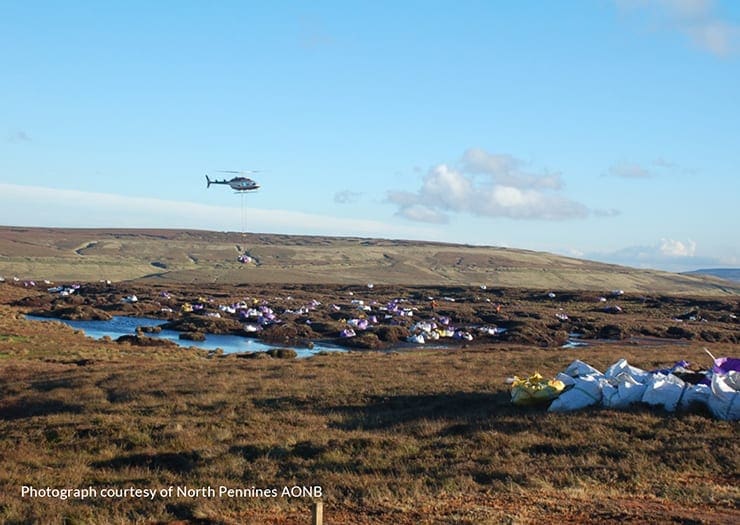
GSC Grays continue to work closely with the Yorkshire Peat Partnership, Natural England and the Rural Payments Agency to deliver this Scheme in a manner that is environmentally beneficial and dovetails with the agricultural and sporting interests present on the moor.
The work must be completed within 2 years from the agreement start date, and there is a limited season in which to get the work done, so we have to ensure that the work is planned and executed efficiently. Work cannot be undertaken during the bird nesting season or the grouse shooting season, and over the winter bad weather can interrupt work for weeks at a time.
When negotiating or managing Countryside Stewardship agreements, it is important to consider the supporting documentation that is required when dealing with specialist upland sites that often sit within SSSIs or European Designations (SACs and SPAs) and is also often common land.
Here are just some of the additional requirements and planning documents we are often asked to deliver in order to secure CS funding:
- Site Restoration Plans, which set out the consented management activities within the Scheme area.
- Bracken Management Plans.
- Wildfire Risk Assessments, Management Plans and liaison with the Fire Service over Fire Response Plans.
- Detailed site mapping.
- Applications for funding for peatland surveys.
- Monitoring of management activities such as heather burning and cutting, including the use of GPS technology.
- Staff training.
- Facilitation of stakeholder meetings.
It might seem a long list, but these requirements provide vital information which can be used to inform moorland management for decades to come. When a programme of work is this ambitious, and important, we must ensure it is informed by accurate survey information and delivered by specialist contractors to achieve the best outcomes.
From 2024 onwards, Countryside Stewardship will be replaced by the new Environmental Land Management scheme (ELM), and it is expected that peatland restoration works will be delivered by the Landscape Recovery tier of ELM.
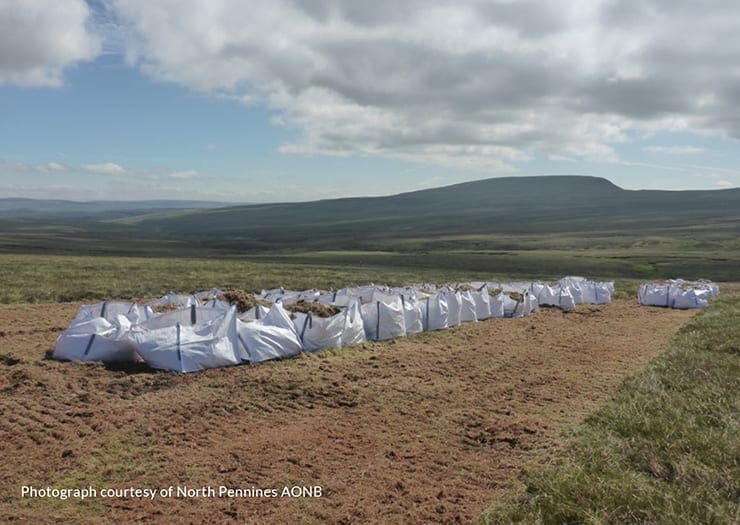
Private sector funding:
Private sector funding for peatland restoration is a developing market that may provide a new way for landowners to fund restoration work . Fundamentally, the investment comes from UK companies who fund restoration works and/or purchase Carbon Credits from a project to help mitigate their carbon footprint.
The Peatland Code developed by The International Union for Conservation of Nature (ICUN) is a voluntary certification standard for UK peatland projects wishing to market the climate benefits of peatland restoration and it has been designed to attract private investment motivated by corporate responsibility.
The Code sets out a series of best practice requirements including a standard method of quantification which will give assurance to buyers that their purchase will return verifiable climate benefits for the project duration. IUCN are working towards the Code achieving UKAS accreditation in early 2021.
Private sector funding of peatland restoration is clearly going to offer farmers and landowners significant opportunities over the years to come and GSC Grays are ready to provide advice and assistance to anyone interested in taking advantage of this emerging market.
If you would like any further information on peatland restoration or the Peatland Code, please do not hesitate to get in touch.


